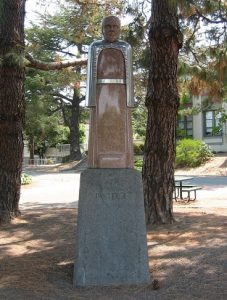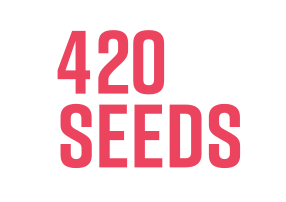To some it’s a comforting symbol of a free and relaxed lifestyle, an open secret that stoners everywhere can recognise. To others it represents the cringier side of weed culture, bringing to mind amateurish YouTube videos that invariably have the iconic number accompanied by more explosions, air horns and garish colours than decency should allow. Regardless of whether it is used by teenager tokers or referenced in pieces of marijuana legislation, '420' has solidified its place in the stoner world. Yet for all its infamy it seems that all but the most inquisitive cannabis fans are oblivious of where this simple number actually comes from.
As the decades have passed and the usage of '420' as a marijuana-associated number has spread to many corners of the world, discussions on its origins have dug up plenty of competing theories and urban legends. No, the number is not a reference to a Californian penal code section concerning marijuana, nor is it a police alert to pot smokers being located. The most probable story that has surfaced so far is that of a bunch of high school students in 1971, whose after-school adventures gave birth to an iconic part of stoner culture.

Louis Pasteur Statue at San Rafael High school, the supposed meeting point of the students
According to the tale, a group of five students heard news of an abandoned patch of land near the coast that supposedly had cannabis plants growing on it. They decided to investigate, presumably with the intent to enjoy their find, meeting at the same place each time at 4:20pm. Their THC-laced goldmine was never found, but their regular meeting time had started to take on a new significance as the term ‘420’ became shorthand for all things relating to weed. Whether it was about the purchase, enjoyment or discussion of cannabis, the number began slipping in as a code word, with no one but the gang of five understanding its meaning.
This naturally got used and fleshed out until it had become an integral part of their cultural lexicon. By chance these five friends hung out with the band The Grateful Dead and the term began finding usage among the band members themselves. This in turn meant their considerable fan base and all who shared their lifestyle were exposed to its usage, swiftly spreading it among themselves. When it reached the High Times offices it spread through there and into the pages of the magazine, ultimately broadcasting the number around the world.
Now, approaching three decades on from when High Times began using the term in May 1991, we see the usage of '420' as popular as ever in all things weed related. Its role as a discreet byword for smoking cannabis has shifted so profoundly that today even those with a casual familiarity with stoner terminology understand its meaning. Its days as a subculture-limited reference are long gone, with the number emblazoned on posters and t-shirts on a commercial scale.
Now used openly among a wider public that understands its implications, 420 is more a general celebration of marijuana and how it fits into people’s lives. Its recognition has grown to such an extent that there have even been pieces of marijuana legislation that reference it, namely the California Senate Bill '420' and another named Bill 420 in Guam.
The number long ago transformed from simply being a reference to a certain time of day. 420 now forms the inspiration behind pot smokers’ unofficial national holiday – the global celebration of April 20th. While the term may be more well-known now, its function remains f
Firmly tied to counterculture. The act of smoking weed has for decades represented a rejection of the norm, a polite middle finger to the forces that seek to keep us chained to a desk, drowned in debt and living an unfulfilled existence with nothing but brief weekends and excessive alcohol to numb the experience.

It is, of course, possible to enjoy weed as part of a lifestyle that does involve an office job and a heavy mortgage. Yet, typically speaking, cannabis is a counter cultural anathema to the unwritten rules which most find themselves living by. Whether it’s lighting up at 4.20pm or joining an organised gathering on April 20th, giving the number any significance is a representation of where you stand. Various public demonstrations and rallies are now held on April 20th around the world each year due to the strength behind the number. These events have taken place in locations such as the US, the UK, Canada and New Zealand, often for the purpose of supporting cannabis legalisation.
As seen by its use from high school students to High Times magazine to marijuana legislation names, '420' is going nowhere. This iconic number now looks set to remain as one of the definitive cornerstones of cannabis culture for generations.








